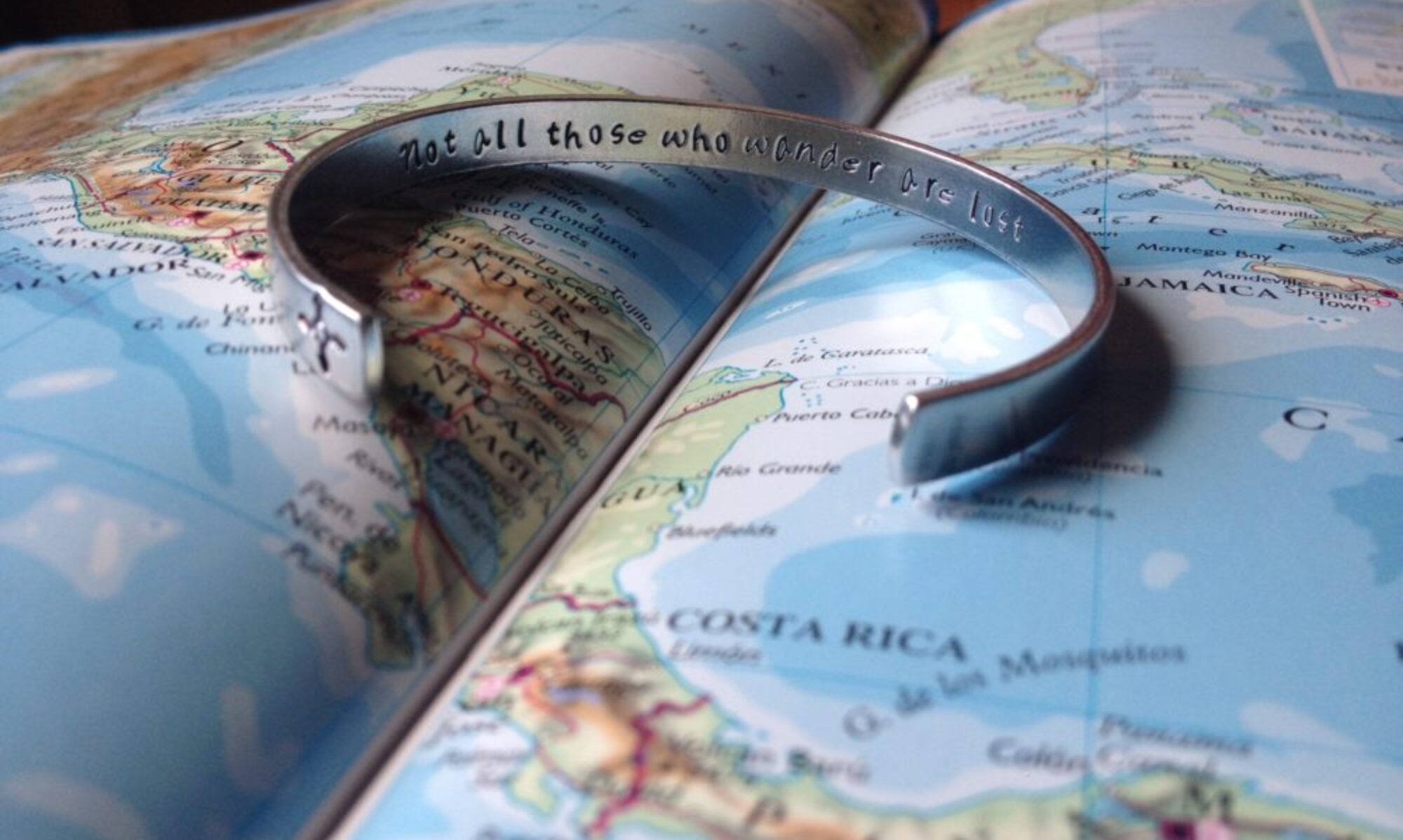In the 1980’s,
Carl Sagan, an American astronomer, astrophysicist hosted a thirteen-part series on PBS called
Cosmos: A Personal Voyage. He discussed the origin of life and a perspective of our place in the universe and he invited audiences into the unknown in a quest for knowledge.
“The cosmos is all that is, or ever was, or ever will be. Come with me…” he said.
In 2014, I heard rumblings across Twitter about a new science documentary that was wowing all its viewers. So I went ahead and watched the first episode.
In the past couple of years, television shows have gripped the urban populace – be it drama, comedy or crime. If you watch Cosmos expecting a cliff-hanger episode every second week or an incredibly good looking cast – I’d recommend you stay away. Astrophysicist Neil deGrasse Tyson hosts the show and takes us on his ship of imagination to distant places which we probably cannot even dream of.
The debut episode resonated even more with me because it was almost identical to a showcase I had watched with my parents at the American Museum of Natural History in New York, more than a decade ago. Narrated by Tom Hanks,
‘Passport to the Universe’ started within the atoms within a blade of grass and zoomed out to the observable universe – in a thrilling trip through space and time. I still remember how moved I was by the thought of how trivial everything else seemed when we looked at the
(literally) larger picture.
As Tyson explained how humanity has not always seen the universe in this manner – something that we already knew, he describes the hardships and persecution of Renaissance Italian Giordano Bruno (who I have frankly never heard of) in challenging the prevailing geocentric model held by the Catholic Church. Of course I was impressed beyond measure, and the animations/graphics used to make the Virgo Supercluster look like something we could easily see among others. I continued to watch one episode after another and continued to learn more and more – sinking deeper with each passing week.
And what an adventure it is.
Sitting in your comfortable couch, you are transported to Titian – Saturn’s moon and speculate whether there could be life there, discover how the Halley’s Comet got its name, marvel over the sheer genius of Sir Issac Newton and get glimpse into his mind, learn about ‘light’ and even taken a peek into Charles Darwin’s prominent theory of evolution by selection.
Carl Sagan’s legacy remains. He said that the universe is made of us, and we are made of star stuff.

